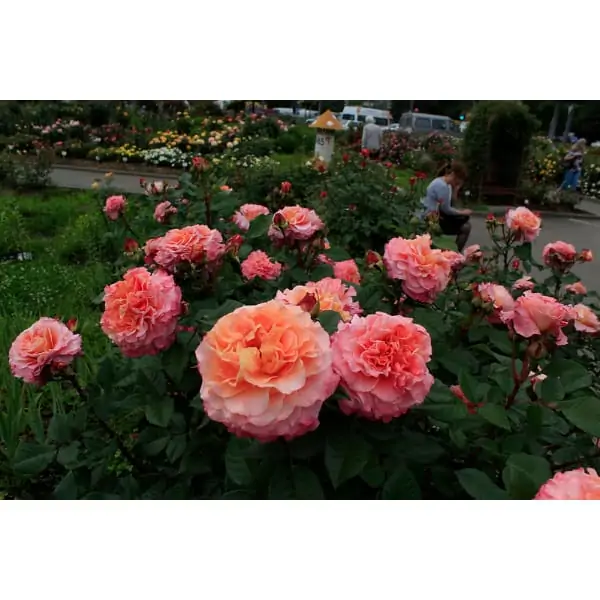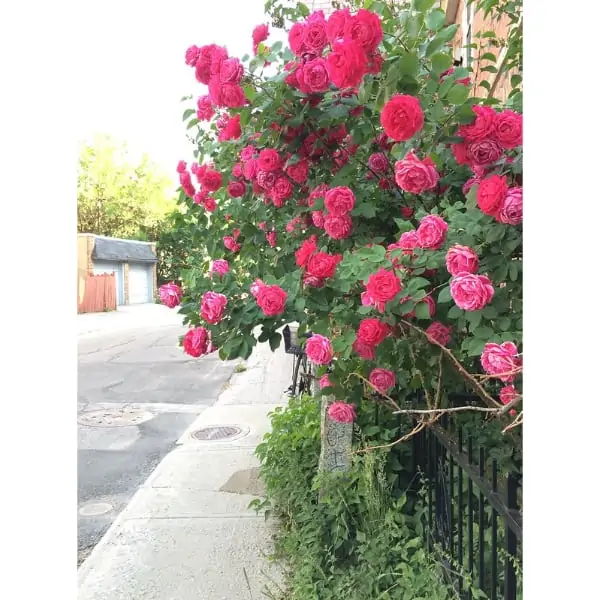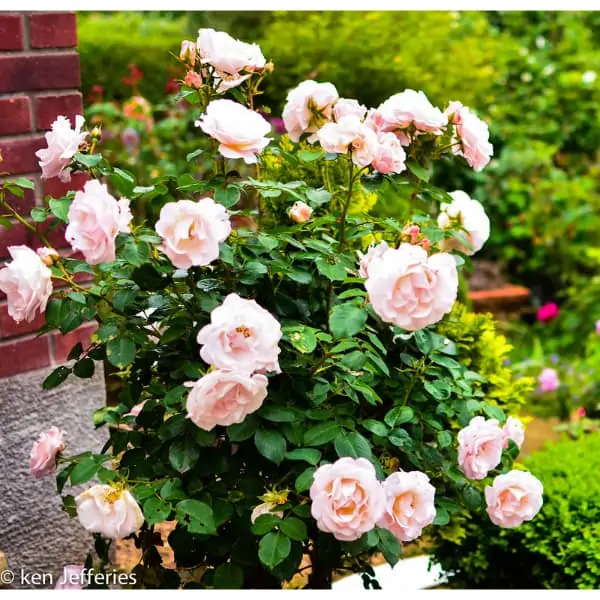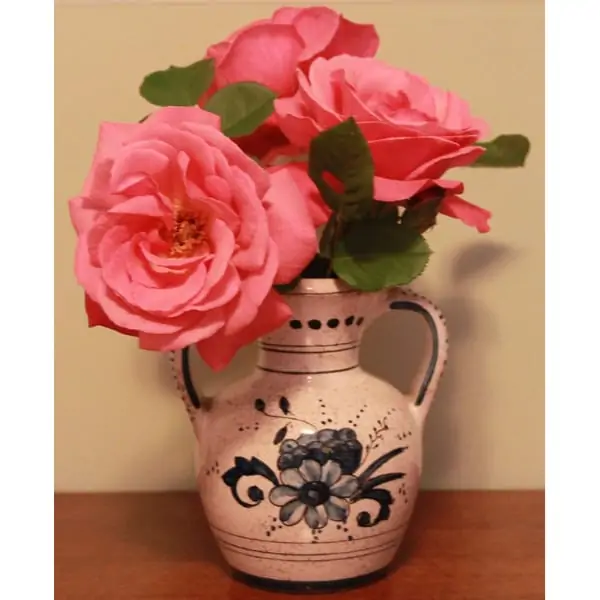Rose Care For Beginner And Pro Gardeners
Trees, bushes, and cut flowers, here is how to take care of all kinds of roses all the time!
Rose Care 101: The Basics About Roses
Roses are probably the most recognized flower in the world, and the most gifted. They serve as symbols of love, passion, innocence… the Victorians created an entire system of communication revolving just around the colors of the roses in a bunch. But we are not here to learn about the complex Victorian flower language. We are here to grow and care for roses.
We talked about roses as perennials to plant in fall, but they are not only that. They are among the latest blooming flowers. Most roses bloom until frost and sometimes you can even catch frozen flowers. The color “frozen rose” has to come from somewhere, after all. So here are some simple and some more advanced tips to make sure your roses bloom as long as possible!
All Rose Care Tips
Water
Most kinds of roses like constant moisture, but never soggy soil. Depending on your climate, deep-water your roses once to twice a week and allow enough time for the soil to start drying before watering again. When you first start growing roses, check the soil regularly to figure out how often to water. Simply stick your finger in the ground, near the roots, and water when the soil is dry two inches deep, or get a soil moisture sensor.
Light
Roses need light, but not always direct sunlight. In warmer zones 9-11, they do better with some shade in the middle of the day, while in cold climates (zones 2-6) they need plenty of sun. The best way to determine how much light you should give your roses is to check the specifications of the exact type of rose you are getting. As a rule of thumb, the colder it gets in winter, the more sun you need to give them!
Temperature
As you can see, roses can grow as low as USDA zone 2 up to tropical zones, so any temperature is fine. The important thing here is to remember to bury the crown (the area right above the roots) in soil when temperatures get below freezing to keep a constant temperature. Do not water during winter and do your best to avoid frozen soil.
Soil
Roses do well in fast-draining, rich soil. If you have clay-rich soil in your garden, use peat moss and special mixes to grow your roses. Dig a deep, wide hole ad fill it with enough rich soil to ensure that the roots that grow have what to feed on. You can mix in a little sand to increase draining too.
Fertilizer
While most kinds of rose will do well without fertilization, to get the maximum amount of blooms, you should use a nitrogen-rich organic fertilizer in late spring or mix some slow-release fertilizer in the soil when planting.
Pruning
Roses need pruning for aesthetic purposes. Cut off branches that go outside the shape you want to give your roses. Otherwise, most kinds will just grow into their natural shape, either climbing on structures if they have access to them, or in bushes. Prune back no more than two-thirds of a healthy branch if you want it to split and keep growing. Cut off dry ends and flowers to encourage healthy growth. You can also cut off fresh flowers to keep them in a vase as cut flowers.
Rose Care For Bushes
Once you have your roses neatly gathered in a bush, well-watered and fertilized, it’s time to get into more fine-tuned care tips. At this point, the rose bush will bloom no matter what, but maybe you want extra-showy flowers! So use these tricks to get the best flowers you can.
- Cut off all flowers at the same time: The bush will start blooming randomly in spring. Let the first set of flowers sit on the stems until all of them have bloomed. Then cut them all off, no matter what stage they are in. Keep the fresh ones as cut flowers and throw the dried ones out. This will force the next round to grow and bloom at the same time!
- Watch out for pests: While they will not completely destroy your roses unless you are facing an infestation, aphids and mites will damage the flower production. Use neem oil or insecticidal soap on the stems. Do not spray the flowers themselves, as they can easily wilt.
Rose Care Summary
Water
Keep constantly dampLight
Partial to full sunTemperature
Above freezingSoil
Rich, well-drainingDifficulty
EasyToxicity
Non-toxicHow to take care of roses in a vase?
So, you have brought in some of the roses you grew in your garden. Or you plan on giving them as a bouquet to someone you care about. They will need care in a vase as much as they need care in the garden. So here are a few tips on how to make your roses keep in a vase for as long as possible!
- Change the water often: Every other day, empty the vase and refill it with fresh water. This will prevent the stems from molding.
- Cut off the ends: Every time you change the water, cut off about an inch from the stems. This will keep the cut fresh and will allow it to absorb water. Cut diagonally, immediately above a leaf insertion, never right underneath.
- Keep cold: Roses will last longer in a cool room, than for example above a heater. A temperature of 65-70 °F (18-20 °C) is ideal.
To Wrap It Up
I hope you found this rose care guide useful and you feel more prepared to grow your own rosebush! Why do you want to grow roses? Let me know in the comments section below and keep me updated on your progress with growing them!







